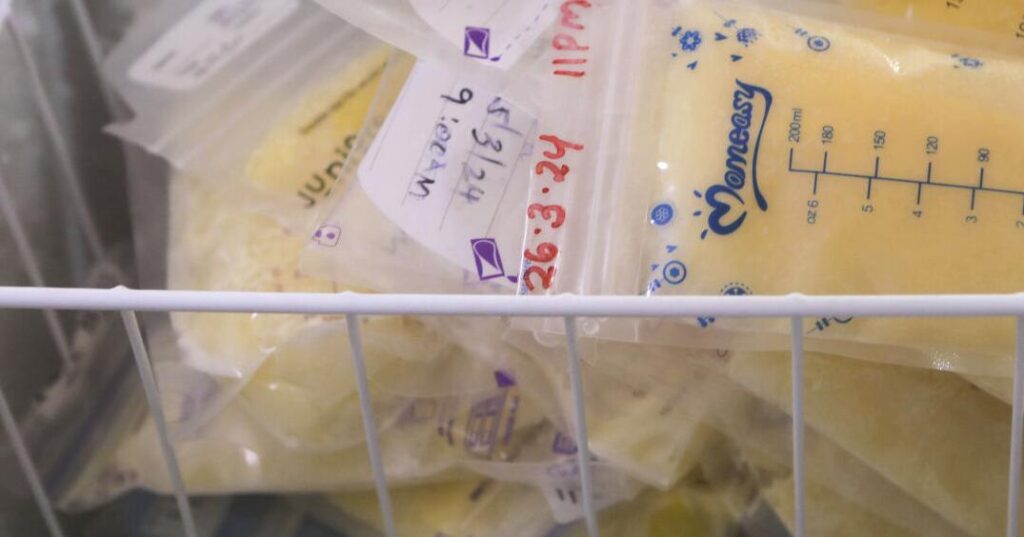
A comprehensive study conducted by researchers at UNC Greensboro has unveiled significant variations in the nutritional composition of donor human milk across five countries. This groundbreaking research highlights crucial differences that could impact feeding practices for critically ill infants in neonatal care.
The study surveyed donor human milk from various regions, including North America and Europe, aiming to assess its nutritional quality. Researchers analyzed samples from over 500 donors and discovered that the composition varied notably in terms of fat, protein, and carbohydrate levels. These findings raise important questions about the standards for donor milk and its implications for infant health.
Implications for Infant Nutrition
The results of this study are particularly relevant in the context of neonatal care, where critically ill infants often rely on donor milk for nutrition. With variations in nutrient levels, healthcare providers may need to reconsider current feeding guidelines. The research emphasizes the necessity for standardized testing and regulation of donor milk to ensure that infants receive the appropriate nutrition for their specific needs.
Lead researcher Dr. Emily Johnson, a pediatric nutrition specialist at UNC Greensboro, stated, “Our findings indicate that not all donor milk is created equal. This could have profound implications on the health outcomes of vulnerable infants.” The study underscores the importance of further research to develop tailored feeding strategies that account for these variations.
The significance of this research extends beyond individual health implications. It could influence policies surrounding donor milk banks, which play a vital role in providing nutrition for premature and ill infants. As the demand for donor milk increases, understanding its nutritional variability becomes essential for both healthcare providers and parents.
Future Directions and Recommendations
In light of these findings, the researchers recommend that healthcare institutions consider implementing routine testing of donor human milk to assess its nutritional composition. This could provide a clearer understanding of the milk’s suitability for various infant populations, particularly those in critical care.
Furthermore, collaboration across international research teams could enhance the understanding of how regional factors influence milk composition. By sharing data and best practices, institutions worldwide can work toward improving the quality of donor human milk and, consequently, the health outcomes for infants who depend on it.
As the study continues to gain attention within the medical community, the implications for donor milk policies and practices could lead to significant advancements in neonatal care. The research not only highlights the need for standardization but also opens the door for further exploration into how nutrition can be optimized for critically ill infants globally.
This landmark study serves as a reminder of the critical role that nutrition plays in early life, particularly for those who are most vulnerable. The ongoing dialogue sparked by this research is expected to contribute to the evolution of practices surrounding donor human milk and its application in neonatal care.







